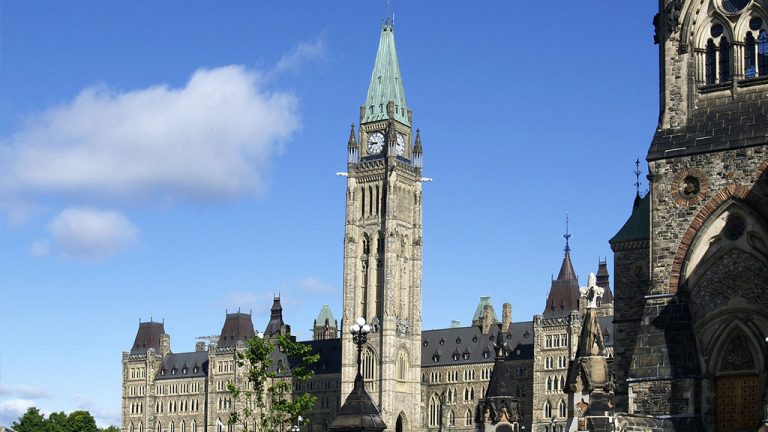Over the past few months, a number of construction companies have been notified that they owe money to WorkSafeBC because companies that provided goods or services to them did not pay their assessments.
Many contractors are not aware that there are ways to safeguard themselves against this needless cost. Here is what you need to know.
If the business you contract with is not registered or not making its payments to WorkSafeBC, you could be liable for insurance premiums owing in connection with the work or service being performed on your behalf.
Your best protection is to obtain a clearance letter from WorkSafeBC before a business or contractor starts working for you – and again before you make any progress or final payments.
WorkSafeBC has a program called GoldStar Clearance that is very useful.
If the firm you are hiring has GoldStar Clearance status, WorkSafeBC will honour the clearance addressed to you as of the date indicated on the body of the clearance letter.
That means you will not be liable for paying the subcontractor’s premiums should that subcontractor default on payments during the period covered by the GoldStar Clearance.
A company doesn’t need to apply for GoldStar. WorkSafeBC will automatically qualify the company when it meets the WorkSafeBC criteria.
To qualify for GoldStar Clearance status, a firm must be up to date with payroll reporting and premium payments, and must also have had an active registration with WorkSafeBC for at least 24 months in the last 36-month period.
Without GoldStar, clearances are provided for a past payroll period.
Now, firms that qualify for a GoldStar Clearance will be automatically advanced a clearance to the start of the next quarter.
When a subcontractor presents a GoldStar Clearance, it shows the prime contractor that it has clearance to a future date, which eliminates the need to provide additional clearances until the GoldStar Clearance expires. This reduces the administrative burden for the subcontractor.
For a firm that has reported its payroll and paid its first quarter premiums – for example – a GoldStar Clearance would provide clearance to July 1, rather than April 1, as it would under the former system.
>The best way to get a Clearance Letter is at worksafebc.com/insurance/managing_your_account/clearance_letters.
If you need to request the Clearance Letter by telephone, call 604-244-6380 or, toll-free, at 1-888-922-2768.
You can also request a limited clearance for a specific contract. This applies when the quarterly Clearance Letter has not yet been issued
For further information on obtaining limited Clearance letters, contact the Employer Service Centre only if the subcontractor account is in good standing or newly registered at 604-244-6181 or, toll-free, at 1-888-922-2768.
If the subcontractor account is “delinquent” in the board’s online clearance system, contact the collections department at 604-244-6375, toll-free at 1-800-665-0533 or by fax at 604-244-6373.
A contractor can chose to do a holdback until the Clearance Letter is received at the end of each quarter.
Prime contractors will benefit from using Clearance Letters because it will help them to avoid the potential financial liability under Section 51 of the Workers Compensation Act should their subcontractors default on their payments to WorkSafeBC.
As noted above, when a prime contractor hires a firm that has GoldStar Clearance status, WorkSafeBC will honour the clearance addressed to that prime contractor to the date indicated on the letter.
This eliminates the onerous task of checking and re-checking clearances and reduces potential liability for the prime contractor during the period covered by the GoldStar Clearance.
The GoldStar Clearances benefit both prime contractors and subcontractors because the process streamlines checking on reporting and remitting requirements.
It also helps to ensure a more equitable basis for paying the costs of the workers’ compensation system.
Following the procedures above will prevent your company from being held responsible for someone else’s payments to WorkSafeBC.
Grant McMillan is the president of the Council of Construction Associations (COCA), which represents the interests of 16 construction associations in B.C. on WorkSafeBC matters. Grant is also a member of the Journal of Commerce Editorial Advisory Board. Send comments or questions to editor@jourmalofcommerce.com.











Recent Comments
comments for this post are closed